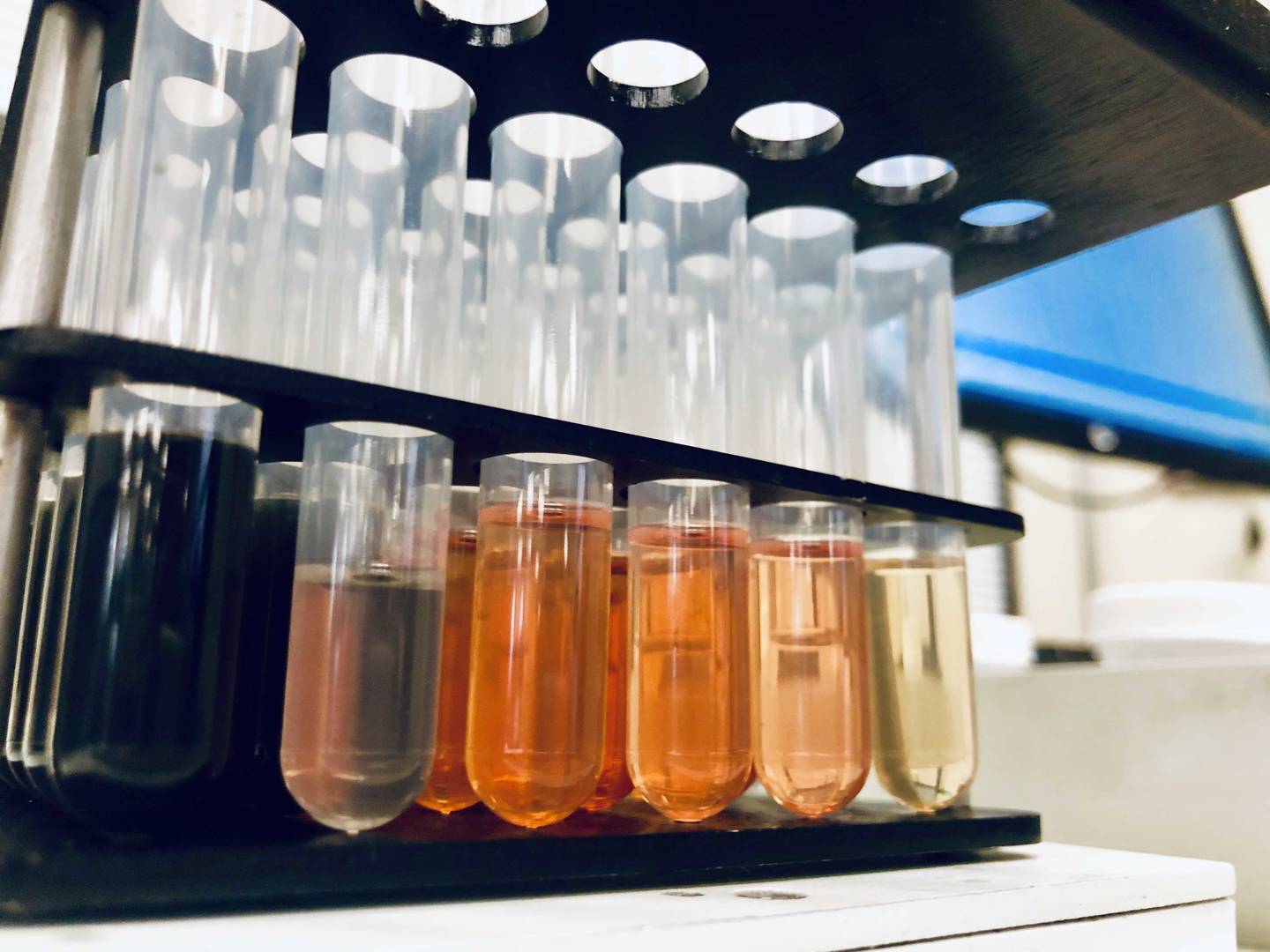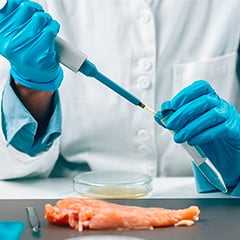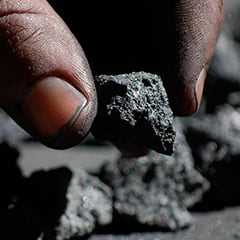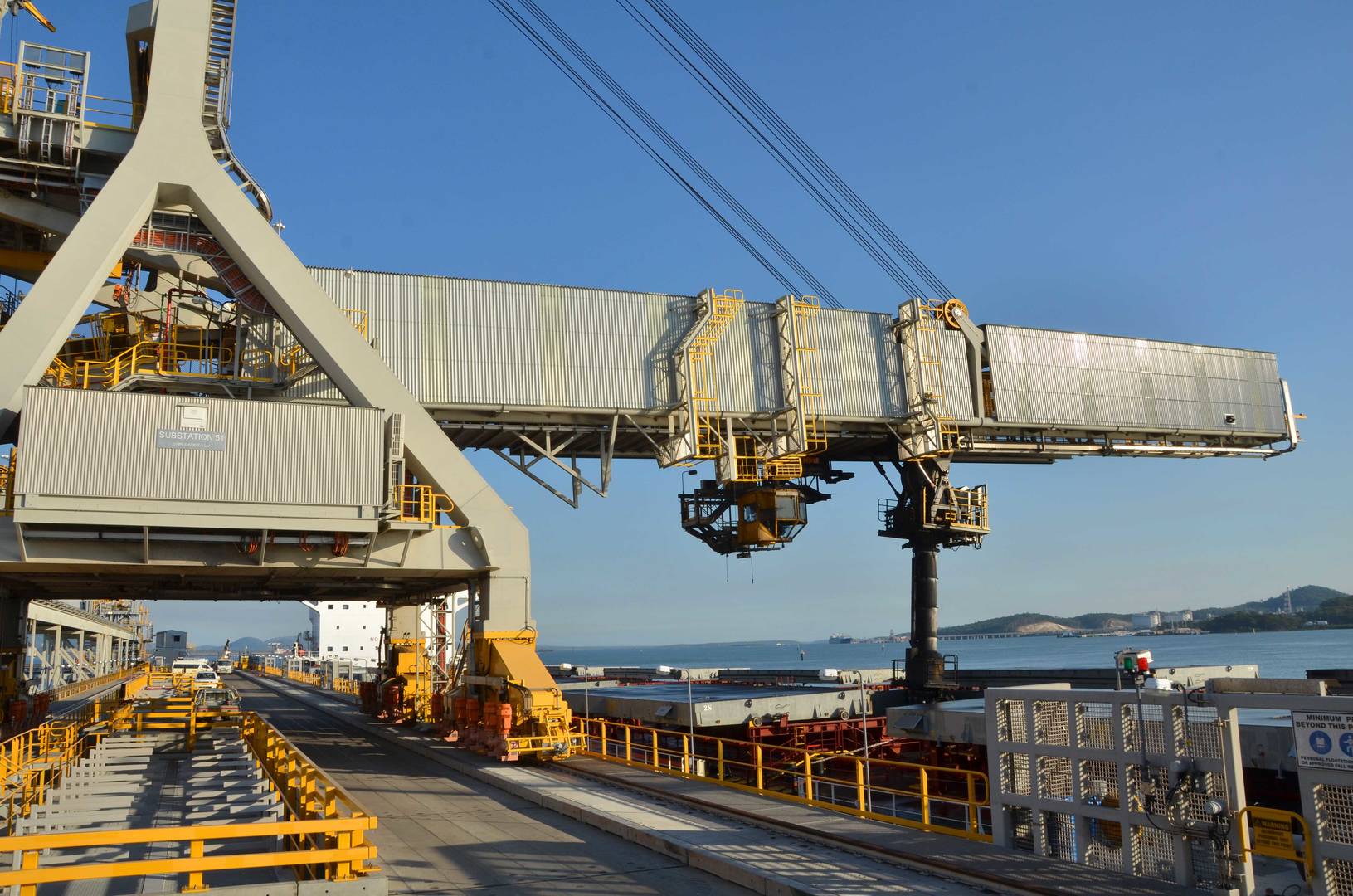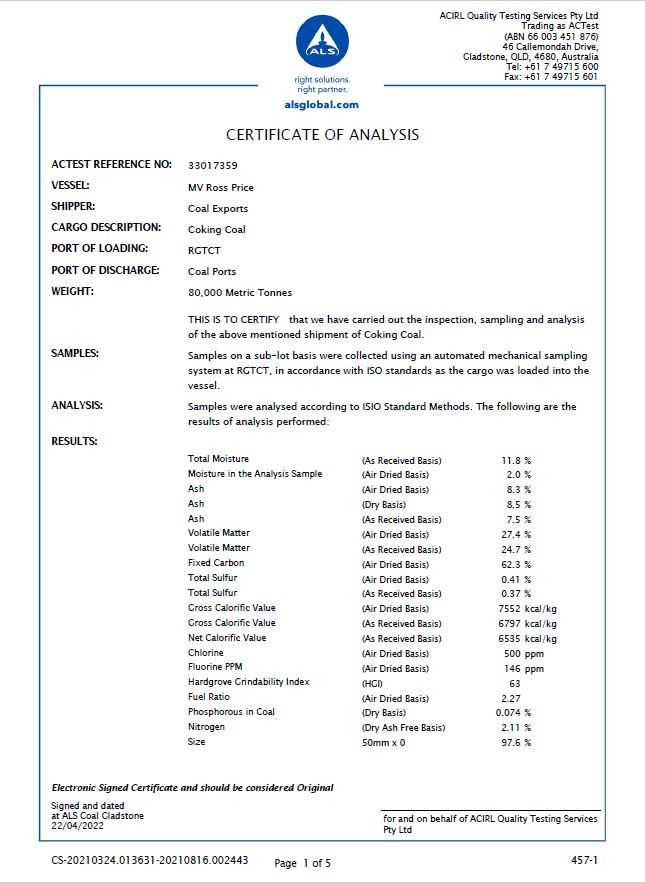Superintending Services
ALS certifies the quality and quantity of coal that is loaded onto a vessel at a coal terminal. The delivery of this service is required to be both timely and accurate while the processes required to deliver the service are complex (as described below).
Before superintending
Superintending laboratories, like ALS, receive nominations from coal sellers to sample and analyze a shipment of coal. The coal seller provides documentation on the types of certificates required, the wording on certificates, the analyses that are required for that cargo, and the provisional date of loading. Once the instruction has been received, ALS prepares all the required documentation and begins to track the ship's arrival time.
Sampling at the coal terminal
During berthing, ALS sends inducted, trained, and competent sampling staff to the sample plant at the terminal. Some sample plants require the staff to have an MSIC (Maritime Security Identification Card). The sampling staff configure the automatic sampling system to obtain the required number of cuts and sub-lots to achieve an accurate representative sample. The mechanical sampling system typically comprises a falling stream cutter, various crushing units, and sample collection bins. Two types of samples are produced by the automatic sampling system:
- 1 x ~120 kg Physical Sample. This is a sample of uncrushed coal which is collected for sizing analysis.
- 10-15 x ~20-60 kg Chemical Samples. This is a set of 10-15 samples of coal that has been crushed to -11.2 mm which represent sub-lots of coal taken during ship-loading. This set of samples is required for the analysis of the coal sample, that is Total Moisture%, Ash% etc.
Note that sub-lot sampling is performed to minimize the statistical errors associated with sampling. The largest statistical errors associated with an analytical result are due to sampling. By analysing each sub-lot separately and then weighting the analysis based on the mass of the sub-lots, the precision of analysis is improved.
Analysis at the laboratory
The Physical and Chemical samples are processed separately.
The Physical Sample is sized through a set of calibrated screens. There may be contract penalties for >50 mm coal and for < 2mm coal (or other smaller size gates).
Each Chemical (sub-lots) Sample is weighed. It is then crushed to –4.75 mm and various sub-samples at cut out of the Chemical Sample using a rotary sample divider. These sub-samples include:
- The Total Moisture Sub-sample. This sample is weighed, placed in an oven a 110°C for 6 hours and re-weighed.
- The Lab Sub-sample. This sample is air dried in a 40°C oven before being milled to -212 µm. The sample then is bottled and sent into the laboratory to equilibrate with the laboratory's atmospheric conditions (temperature and humidity). It is then processed in the laboratory. Typically, the analyses required include Moisture in the Analysis Sample and Ash Content.
- The Lab Comp sample: a composite sample is produced from the milled sub-lot samples (above) by combining all the sub-lot samples in according to the actual mass of the lots they represent. This sample is named the Lab Comp. It is used to cross-check the mean weighted average of the result obtained from the individual sub-lot samples. If this is within an acceptable agreement, the Lab Comp is then used in subsequent analysis such as ash chemistry, trace elements, ash fusion.
- The Total Comp sample: a second reserve sample is produced by representatively combining the various sub-lot samples in the same proportion as the mass each sub-lot represents. This composite sample is named the Total Comp. Using a rotary sampling divider, this sample is further divided and analysed for Total Moisture and a laboratory sample is prepared. A reserve sample is retained as per the customer's requirements. This sample may also be used to cross-check the mean weighted average of the result obtained from the individual sub-lot samples.
- A Reserve Sub-sample with a mass of 1 kg is also retained as per the customer’s requirements.
Certification process
The secure automated certification platform comprises three components:
- The in-house Laboratory Information System (LIMS) performs direct upload of raw data into the database.
- When a certificate is required, the raw data is transferred to a second program called CERT App, that contains all the possible calculations that may appear on a certificate (that is more than 30,000 equations). The Cert App is also used for selecting and justification of data in the case of re-preps and re-tests. The appropriate number of significant figures and bank round is also performed at this stage of the process for all calculations.
- The verified and justified data is then captured by a third program called ALSolutions (Coal Module). This application stores pre-prepared templates of all certificates. The data is directly uploaded into the required certificate which is then e-mailed out.
- From data capture to delivery of the certificates, the data is secure, and the certification process is fully auditable.
Accredited to ISO 17025
The ALS Superintending laboratories are accredited against ISO 17025 “General requirements for the competence of testing and calibration laboratories” by the National Association of Testing Authorities (NATA).
 Search
Search
 suomi
suomi
 Login
Login







